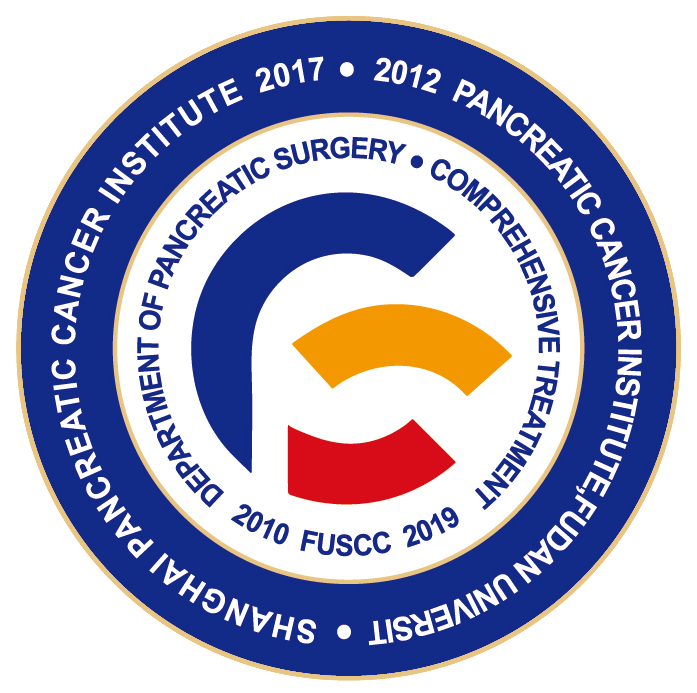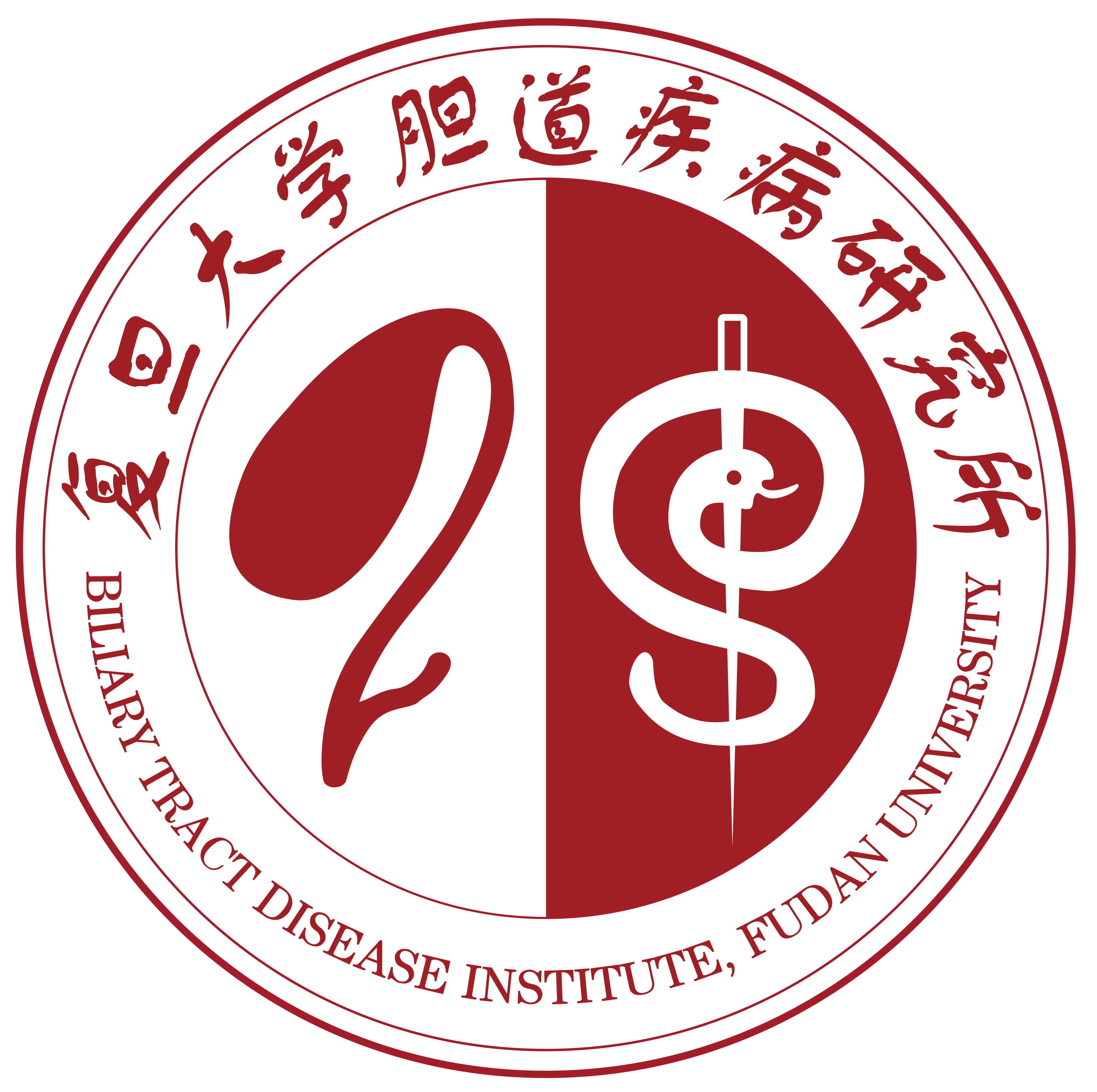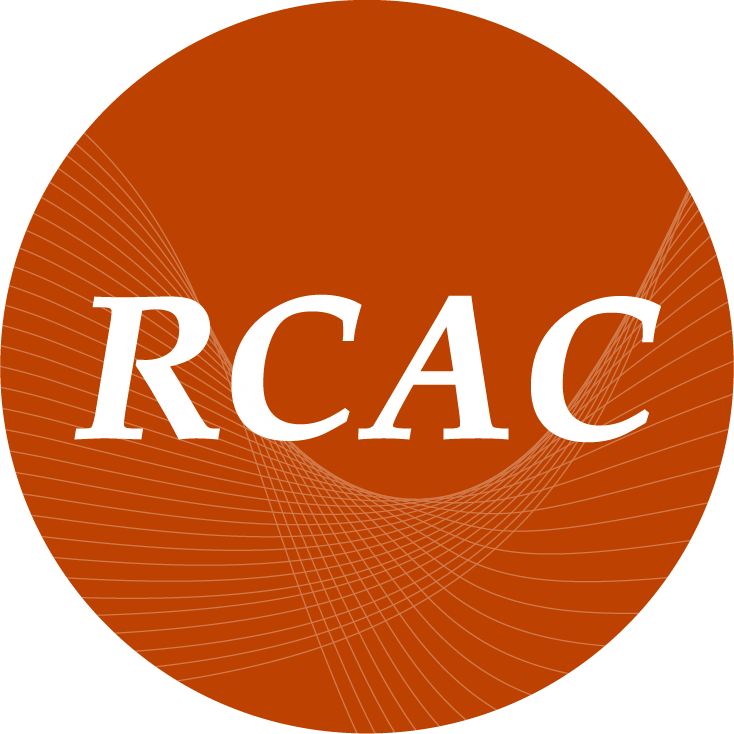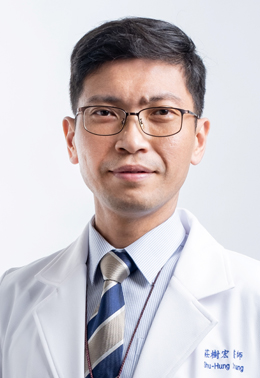After graduating from the medical school in Kaohsiung Medical University (KMU), I received the surgical residential training and did the mandatory military service at Zuoying Armed Forces General Hospital. During the third year of resident, I chose general surgery as my subspecialty due to the interests on minimally invasive surgery and robotic surgery, especially the complex hepatopancreatobiliary surgery. After finishing my military service, I went back to Kaohsiung Medical University Hospital (KMUH) to serve as a junior surgical resident for more than one year. Then I went to Taipei MacKay Memorial Hospital to undergo the two-year chief residential training in the general surgery division as I wanted to experience the northern Taiwan’s medical system. I served as an attending surgeon in Tamsui Branch for one year after the residential training, then was allocated to Hsin-Chu Branch. The minimal invasive surgery was in its infant stage at that time. As only laparoscopic cholecystectomy and appendectomy were more common, laparoscopic gastrectomy and colectomy were commenced only in some big hospitals. I was lucky to attend the intensive general minimally invasive surgery course during my chief residential training year in the second year of IRCAD-Taiwan training center set up in Chang Bing Show Chwan Memorial Hospital. Although I could not perform advanced laparoscopic surgery at that stage, the excellent minimally invasive surgical techniques demonstrated by international experts really impressed me and I started to have some ideas about the development and innovation of minimally invasive surgery. In the second year in Hsin-Chu, something changed my life: a new idea of stating to develop reduced-port laparoscopic surgery came to my mind. Multi-incision laparoscopic surgery has a boring problem of postoperative bleeding from the insertion site of transmuscular port and sometimes it may need further surgical interventions. This kind of bleeding is not always easy to detect and manage during the surgery and using electrocautery to achieve the hemostasis might cause severe postoperative pain. Therefore I started to reduce the incision number by using existing conventional laparoscopic instruments and spent four months to develop single-incision laparoscopic cholecystectomy (SILC) from three-incision and two-incision techniques. Interestingly, I did not know various single-incision laparoscopic surgeries (SILS) were undergone in some hospitals worldwide at that time. As a result, my surgical technique is totally different from others and no specialized single-incision laparoscopic instruments or commercial products were necessary. After one and half a year, I published my first 33 cases of SILC during ELSA (Endoscopic and Laparoscopic Surgeons of Asia) 2011 in Singapore. Compared with three-incision laparoscopic cholecystecotmy, single-incision technique induced significantly lower postoperative pain. Then a subsequent study of acute cholecystitis showed single-incision technique provided a faster recovery from surgery. As my single-incision was always kept shorter than 2 cm, the incidence of incisional hernia was not increased and no complication of bile duct injury happened. While the patients’ satisfaction increased and the operative time decreased gradually, I believed more in SILS and desired to develop SILS other than cholecystectomy and appendectomy. I was interested in biliary surgery then, so I wanted to do single-incision laparoscopic common bile duct exploration (SILCBED). But the difficult single-incision laparoscopic suturing technique became a major obstacle. After repeatedly practicing this technique in a training box, I applied it during single-incision laparoscopic appendectomies and it became mature gradually. Finally, I succeeded to perform the first SILCBDE in Taiwan in 2012 and published the third and the largest series in the world. I thank my colleague for the great supports. The operative time was shortened from more than five hours to two and half hours and the incidence of bile leak was very low. Depending on my great interests on international medical conferences and paper writing, I participates the PhD for MD program in College of Biological Science and Technology in National Chiao Tung University during the same year. I graduated from the PhD course in less than three years and I did a part-time teaching job in Yuanpei University and was certificated as an assistant professor by Ministry of Education. Thereafter I developed mini-single-incision laparoscopic choleystectomy with only a 1.2-cm length incision. My study revealed it could reduced one-third the postoperative narcotic dosage compared with traditional SILC, and only 5% patients had a chief complaint of umbilical operative wound pain in the morning following surgery. Then I moved to Changhua Show Chwan Memorial Hospital. In the period I kept to attend the single-port and hepatopancreatobiliary surgery courses in IRCAD-Taiwan training center. Progressed from participant, table instructor, lecturer, guest professor, finally I became the course director of minimally invasive advanced biliary surgery. I learned a lot high-level surgical techniques from international experts and apply them in the SILS. Under the great supports from vice superintendent Dev-Aur Chou, I developed various advanced SILS, including hepatopancreatobiliary, gastrointestinal, acute abdomen and inguinal hernia repair surgeries. The patients had mild postoperative pain and fast recovery, but the operative time was still long due to inadequate experience. After two years, I went back to Hsin-Chu Mackay Memorial Hospital and was very happy with my old colleague and patients. Depending on the foundation from Show Chwan Memorial Hospital and IRCAD-Taiwan training center, finally I performed single-incision pancreaticoduodenectomy successfully and the patient recovered very well. There is no this kind of surgery published in the literature. As my experience accumulated and techniques advanced, I could regularly perform single-incision laparoscopic major hepatectomy, gastrectomy, distal pancreatectomy and splenectomy. The patients’ satisfaction was high and complication rate was very low, and the operative time was shortened markedly. At that moment, my teacher in medical school Professor Kung-Kai Kuo offered me a position in KMUH. After discussing with my family, I decided to go back my hometown and introduce the SILS techniques into KMUH. I will actively commence the randomized controlled trials of major SILS and multi-incision laparoscopic surgery and a new field of robotic single-port surgery. Meanwhile, I will learn the skills of liver transplantation (LT) and join the LT team. I hope to bring the many advantages of SILS to the patients in Kaohsiung City.















